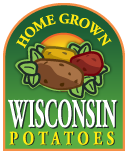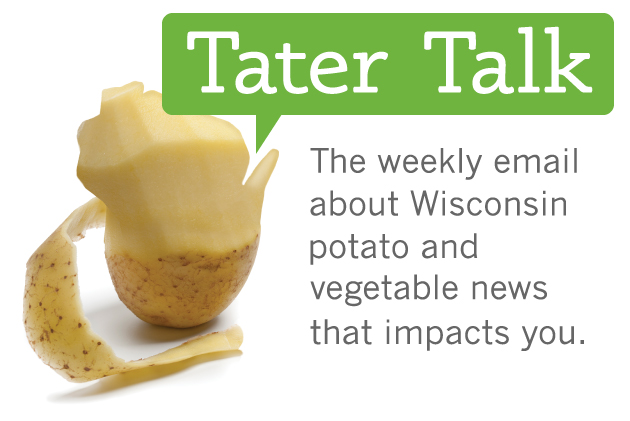It’s all about the Data – How the Information Explosion Is Impacting Farming
How much information can you possibly need to grow a crop these days? The answer might surprise you; it’s just about everything you can imagine that might be relevant and could potentially impact making the right decision.
Where you plant (GPS- defined to the nearest inch!); what the soil is made up of and what did you do with it over the past decade; what is the hourly weather now and in previous years; when did you plant; when did the crop emerge; how is it progressing; what pests might threaten, when might they arrive; what about fertility, harvest, yield, quality, storage, daily fluctuations in value – the list is seemingly endless! It’s called ‘big data’ these days, and it is changing the way we farm.
There was a time when farmers compiled much of this information in that wonderful machine called the human brain without thinking of it as data or consciously analyzing it. They walked the fields, felt the soil, caressed the plants, eyed the sky for what the weather might bring and decided what needed to be done. In today’s world, however, that’s not enough! Today’s farmer needs to feed 150 people (compared to 72 just 35 years ago) and that number is expected to double over the next half century as the world’s population continues to grow. We have achieved this impressive leap in farm productivity thanks to new technology and better access to more information – expect that to play a bigger and bigger role as we go forward.
Imagine all this information about the crop that is already pouring in from satellites, drones, computers and smart phones – now add to it everything that has happened previously in the field, expand the pool to all the fields on the farm and even in the region, and you can begin to comprehend the sheer mountain of information that farmers will need to process. How?
The answer of course lies in the power of the computer. If we feed all the data that is being collected into today’s super computers, we can begin to ask questions that can improve our decision making and increase productivity. Individual farmers will no longer have the resources to do this, and the task is shifting off the farm to universities, government agencies and even large corporations. ‘Big Data’ can bring regional and even global improvements to food production, resource conservation and the environment that benefit us all.
Many will question the diminishing role of individual farmers in the age of ‘big data’ but we should always remember that the technology that brings us global benefits can also bring improvements locally to the farm that will help keep farmers in business. These benefits are already helping our Wisconsin potato and vegetable growers keep pace and retain their position among the leaders in food production in the U.S.
How our Central Sands growers manage pests today is a great example. Pest and disease management now relies on a complex web of local and regional data that includes weather, crop genetics, pest movement, pest behavior, historical trends, crop landscapes and farming practices to identify windows when crops are vulnerable, predict when pests will arrive, what their impact will be and how best to manage them. These state-of-the-art innovations were developed by scientists at the University of Wisconsin in collaboration with growers using ‘big data’ approaches. These benefit our local growers by keeping them in business by more than doubling the amount of food that can be grown on the same farms that their fathers and grandfathers established years ago and benefits our society by being pro-active and sustainable in pest control measures.
Information is increasingly dictating our personal lives, and we are fortunate that our vegetable growers in the state are at the forefront in bringing that technology to agriculture.


